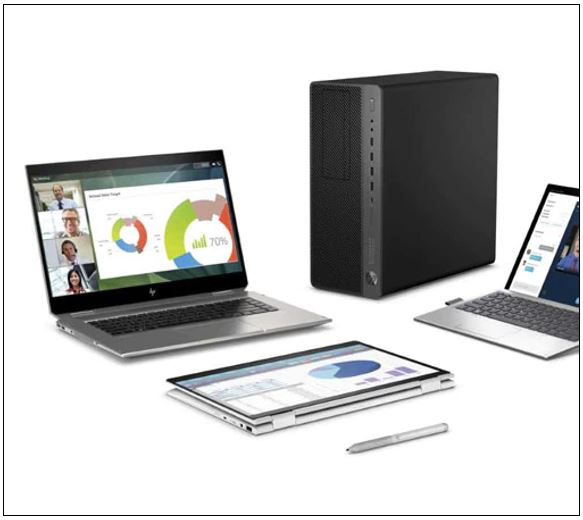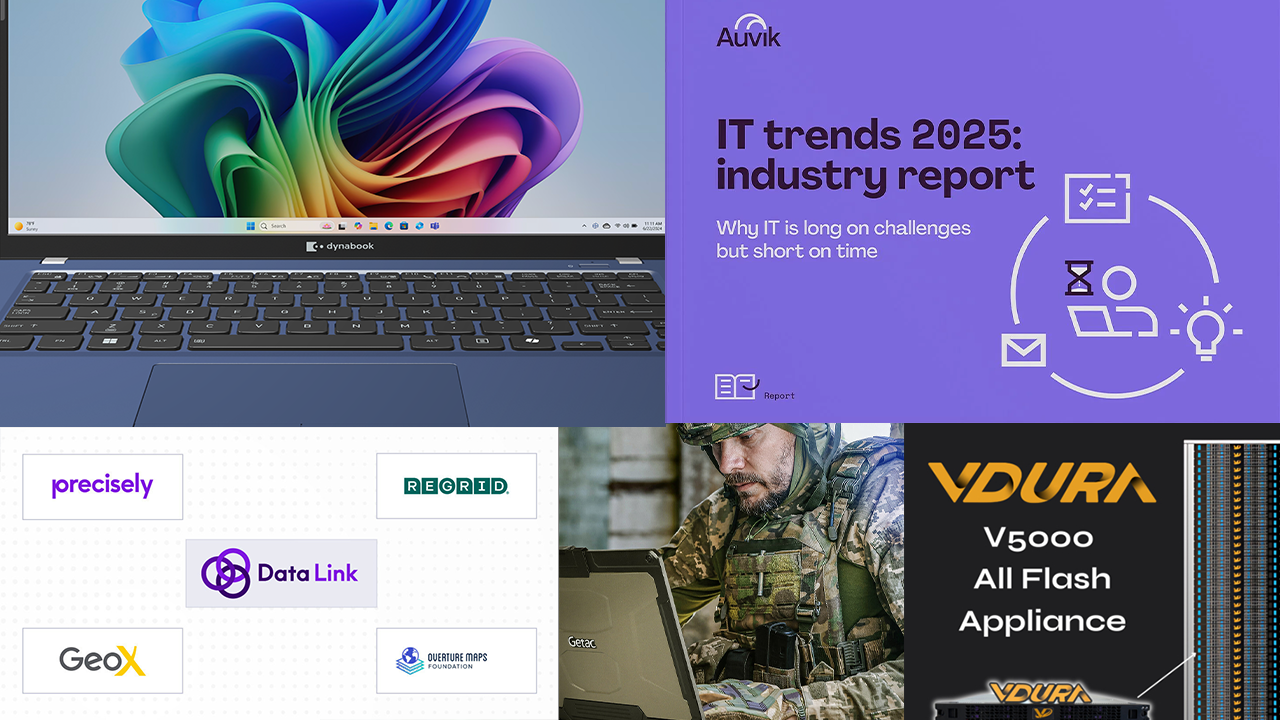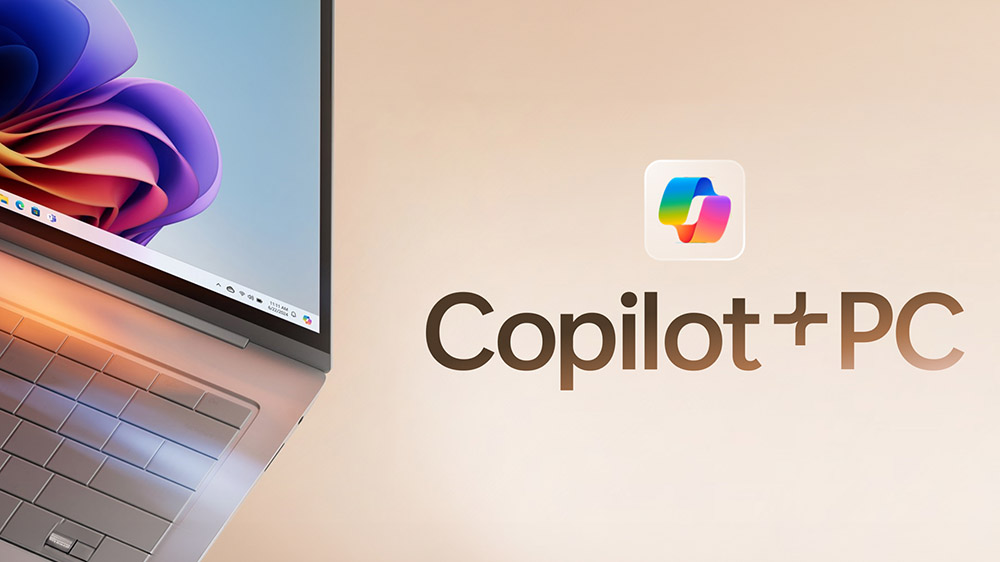Get ready, channel pros. HP Inc.‘s growing and strategic device-as-a-service (DaaS) program is finally headed your direction in a serious way.
Launched close to three years ago†and expanded to encompass Apple hardware last February, the program allows businesses to pay for desktops, laptops, and mobile devices (plus accompanying support and backend management analytics) the same way they pay for cloud-based software and wish to pay for everything else: through recurring monthly fees. Initially, HP promoted DaaS chiefly to a small set of large integrators and managed service providers. Now, however, it’s looking to recruit the much more populous VAR and MSP mainstream into the program as well.
“It’s becoming more and more democratized,” says Jonathan Nikols, vice president and global head of DaaS at HP.
Nikols, who spoke with ChannelPro last week at the latest ChannelPro SMB Forum event in Chicago, emphasizes that channel pros have never been barred from participating in the DaaS program.
“We were very intentional to not put limits on the number of seats,” he says. “We believed that partners would be the arbiters of whether or not they were going to pursue an end user account with one, two, three, four, five devices and determine whether it was worth their sales effort, versus putting any limits in terms of who could start partaking and participating in the platform that we had been building.”
In its early days though, he continues, that platform focused on hardware and some associated lifecycle services, making it attractive mostly to big partners in need of scalable ways to sell and support lots of endpoints. Since then, HP has added features like its TechPulse analytics solution and the new security-as-a-service offering it introduced in March, giving a wider range of partners potential reasons to offer DaaS to their clients.
“The capability set has matured to the point that more channel partners can find value in what we’ve been building,” Nikols says.
As a result, he continues, HP is now working to get a much larger variety of channel partners engaged with the DaaS program. “Everybody can play, it’s just where and how do they want to play based upon their business model,” Nikols says.
In particular, he continues, HP has begun actively courting IT service providers looking to build elements of DaaS into their offerings and traditional hardware resellers interested in outsourcing the service components of DaaS to HP.
“We find a very nice fit with those types of partners,” Nikols says of the latter group, “because as HP continues to build out new capabilities, essentially what we’re doing is creating a new revenue stream opportunity for that partner.”
HP sees the vast army of Office 365 resellers as an especially promising collection of potential DaaS partners. Adding subscription-priced hardware to the subscription-priced software they already sell would allow Microsoft cloud partners to deliver a more complete productivity solution on one convenient invoice. “They can bring forward to an end user customer a full stack, essentially, as a service integration on their own paper,” Nikols notes.
To make partnering on DaaS easier for a more diverse array of partners, HP intends to refine its existing service plans. “Creating the right plans is paramount to the success of the uptake, and they have to be very targeted to the specific types of partner that you’re going to market with,” Nikols observes.
Giving partners the flexibility to pick and choose the DaaS components that best fit their business is a big part of how HP hopes to satisfy that goal. Nikols points to the recently introduced security-as-a-service product as an example. The new offering is an optional addition to HP’s DaaS Standard, Enhanced, and Premium bundles rather than a mandatory component of them.
“As opposed to putting that security capability set into each of those packages, we’ve learned that that should probably be an add-on module, because some partners might already have some sort of security service that they’re delivering and they don’t need it,” Nikols says.
Splitting the existing service plans into smaller mix-and-match chunks is a possibility as well, he continues. “In an effort to create simplicity, we didn’t allow those packages to be broken apart,” Nikols notes. “What we’re going to be doing into the future is looking at those plans and essentially determining if we make the current plans more modular in nature.”
Timing on when more flexible plans could begin appearing has yet to be determined, but according to Nikols, the next bi-annual set of program updates will roll out in September. “You should probably start seeing some more modularity capabilities start coming out at that point in time,” he says. “The final decisions on what that looks like at this point in time are still being worked through.”
Same goes for future DaaS services and capabilities, though Nikols is willing to discuss the program’s roadmap in broad brushstrokes. Integration with more management platforms, for example, is on the way. Today, HP’s DaaS back end has direct connections to ServiceNow’s IT management software. Tie-ins to systems from ConnectWise and other managed services software vendors is likely to arrive before long as well.
New analytics capabilities are also in store. “Today, analytics is very much around the health and well-being of a device itself,” Nikols notes. Someday, though, HP will draw on the same telemetry to provide what it calls “workplace analytics” about how and where employees do their jobs. Consider a company with a 10-person conference room, for example.
“You could see from the device analytics how many people are actually in that 10-person room,” Nikols observes. “Is that 10-person room being scheduled fully each and every day? Are there really 10 people in that room, or is it being scheduled for two?” Businesses could use the answers to such questions to make the most efficient possible use of costly and precious office space.
TechPulse’s predictive maintenance capabilities will eventually gain the ability to factor more than just hardware data into its alerts as well, Nikols continues. “We can see certain things from the hardware logs that tell us exactly when a blue screen might’ve happened, what application was running at that point in time, and was that creating the issue,” he says. “You can then do quicker correlation analysis and help speed up resolution time and prevention of that from happening again.”
HP will probably start building software from third-party providers into its DaaS packages at some point too.
“Who delivers that package is something that will continue to evolve, I think,” Nikols says, “but I absolutely see a sweet spot for our managed services providers to really take advantage of the aggregation point there.”














